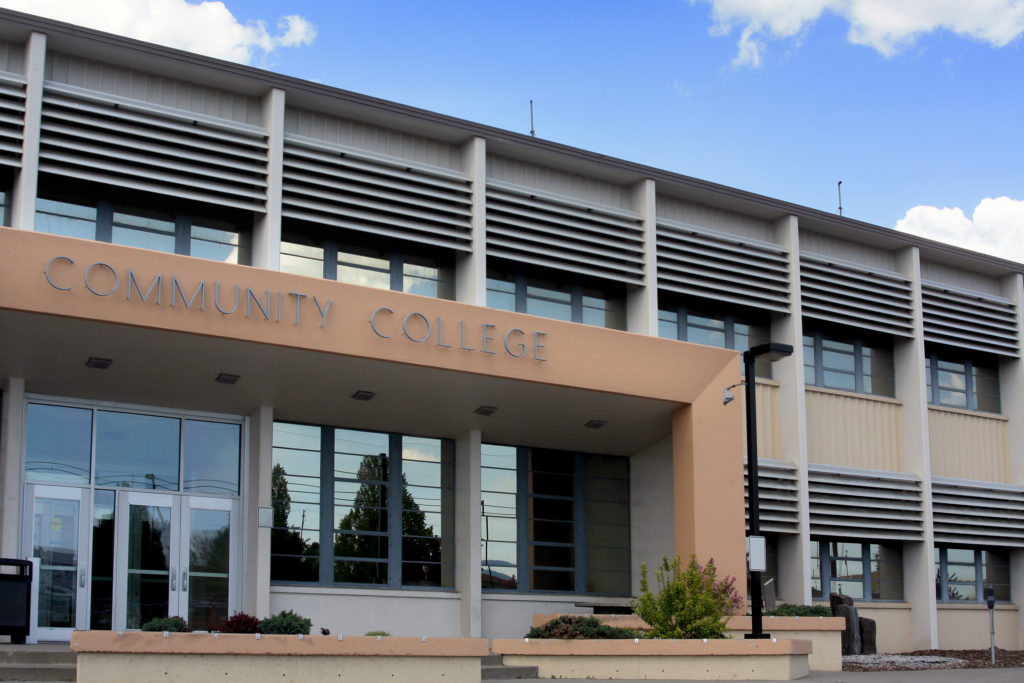Community colleges are among the best ways in which students can reduce tuition costs. It’s makes such a big difference, for those who are both undecided in what they wish to pursue, as well as those who are looking to get prerequisite courses completed at a reduced cost. The difference is quite significant, where the cost of attending a community college is about 10-30% of the cost of attending a 4-yr university. Community colleges also provide smaller class sizes, which are of great help to those that prefer more focused guidance and teacher interaction.
Let’s get into all the many positive outcomes provided by community colleges, as we investigate their impact on reducing tuition costs.
What is a Community College?
A community college is a college that provides higher education services to the surrounding community. In the past, they have been called Junior Colleges, as they were a stepping stone to 4-year universities – in some regards, they still are. While community colleges provide traditional courses like chemistry, math and history, they also provide vocational training and personal development courses such as ranch management, resume writing and junior swim classes. Students can enroll for a single course, a certificate or an associates degree.
Community colleges offer 2-year associates degrees to students that are looking to immediately enter the work force, as well as for students looking to transfer their credits and continue their education at a 4-year university.
Reduced Cost
As mentioned before, the most valuable aspect of attending community college vs a 4-year university is the reduced cost. Many of the general education classes that students are required to take during their freshman and sophomore years, are taught at both universities and community colleges – the difference is that it costs about 2-4 times less at a community college. And if the university and community college are a part of the same state education system, many of the community college course credits are transferable to the university. So if you take most of your general education classes at the local community college and then transfer the credits over to the university, you would have saved tens of thousands of dollars and still remained on track, without wasting any time.
Smaller Class Size
Not only does attending community college save you money, it can also help you to do better. Freshman and sophomore university classes are usually held in lecture halls, with seating capacity for 200 students. Here, you’re just another student and it’s very difficult to get 1-on-1 help. Most community college classes have a maximum capacity of about 30 students, allowing you to get more instructional assistance and focused help.
Staying Home
Another very important aspect of community colleges are their proximity to home. You won’t have to worry about paying for room and board or a meal plan while attending a community college. Also, you’ll be able to focus better on the coursework without the social distractions of friends and on-campus parties.

